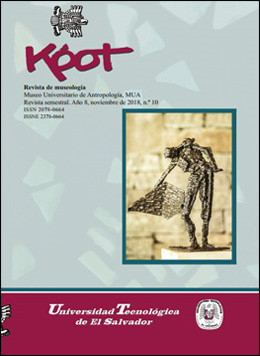El retrato de Dorian Grey : o el tránsito de la idealidad a la realidad
DOI:
https://doi.org/10.5377/koot.v0i10.6707Palabras clave:
Literatura, Novela, Historia, Filosofía, Sentimientos, EdonismoResumen
No pretendemos, ni por cerca, hacer creer que nuestra lectura de la novela de Oscar Wilde, El retrato de Dorian Grey, sea definitiva, ni para nosotros, ni para ningún otro lector. Lo único que buscamos es, provisionalmente, exponer, lo que pensamos que es hasta este momento una de sus posibles lecturas, sospechando, incluso, que, en el futuro, nosotros mismos podamos tener una interpretación diversa a la que en este momento estamos exponiendo. No obstante, si buscamos, con nuestra lectura, interesar a hipotéticos lectores para que se comprometan con una lectura seria y apacible de tan hermosa novela.
El procedimiento que hemos seguido es presentar una imagen de cada uno de los personajes de la novela; comenzamos, con Lord Harry, centrándonos en la visión hedonista que tiene este personaje de la vida. Continuamos exponiendo a Basilio, fijando la atención en el descubrimiento que hace del punto de bóveda de su arte, cuando encuentra a Dorian Grey, en tercer lugar, describimos a Sibila Vane, interesándonos en exponer el tránsito de lo que aquí llamamos idealidad de la realidad a la realidad verdadera. Y, Finalmente, describimos a Dorian Grey.
Descargas
947

